On 27 October, I did my intervention. In the icebreaker phase, each of the three participants shared a special memory related to their hometown. The first participant mentioned that her hometown is filled with osmanthus trees during this season, and the scent of osmanthus is a unique memory for her about the hometown. The second participant shared with us jasmine tea as her hometown is famous for it. The third participant chose Hua Mei as her memory of home, which is also known as salty dried plum. Hua Mei is a common snack found in Chinese supermarkets and her mother’s favourite, so her home was always stocked with various kinds of plum candies. However, since she moved to the UK, it has been hard to find the same snack, making it a symbol of home for her. During the bartender’s demonstration, the participants briefly introduced themselves and shared stories related to their chosen ingredients.
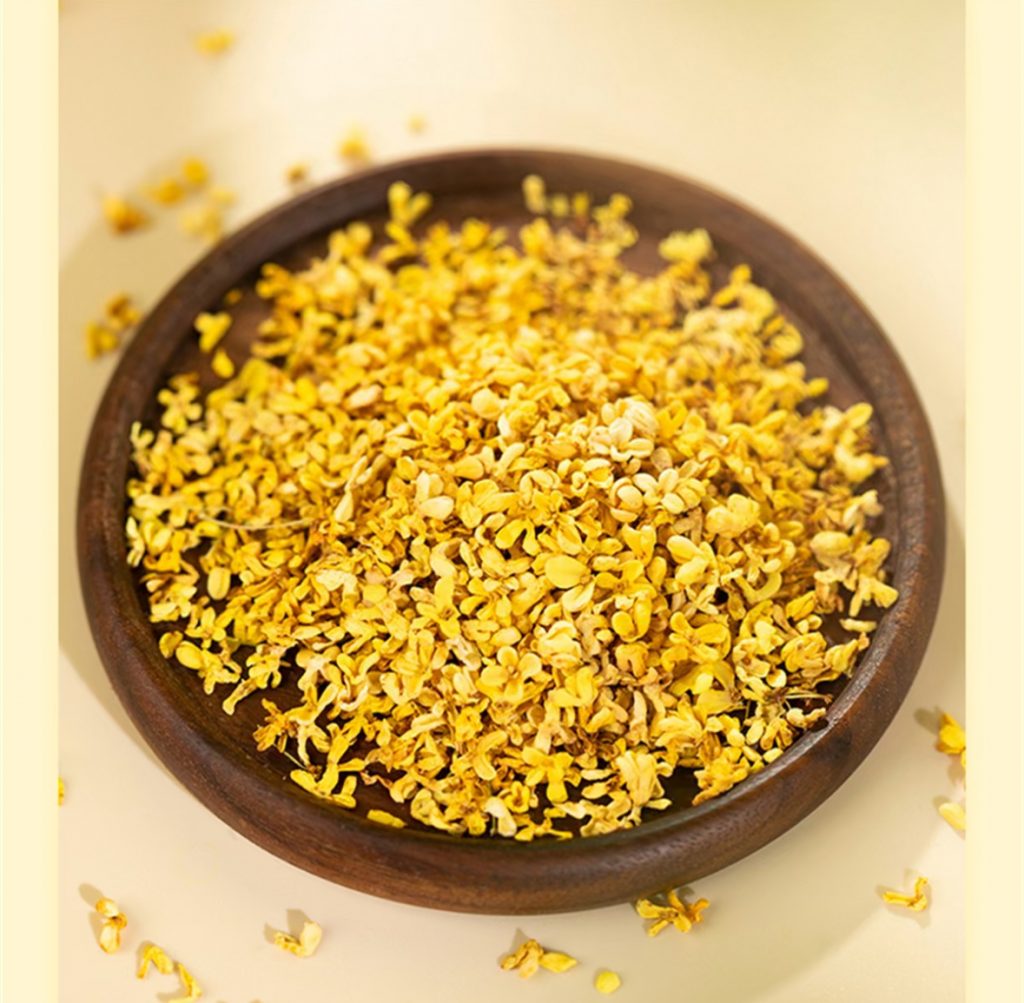
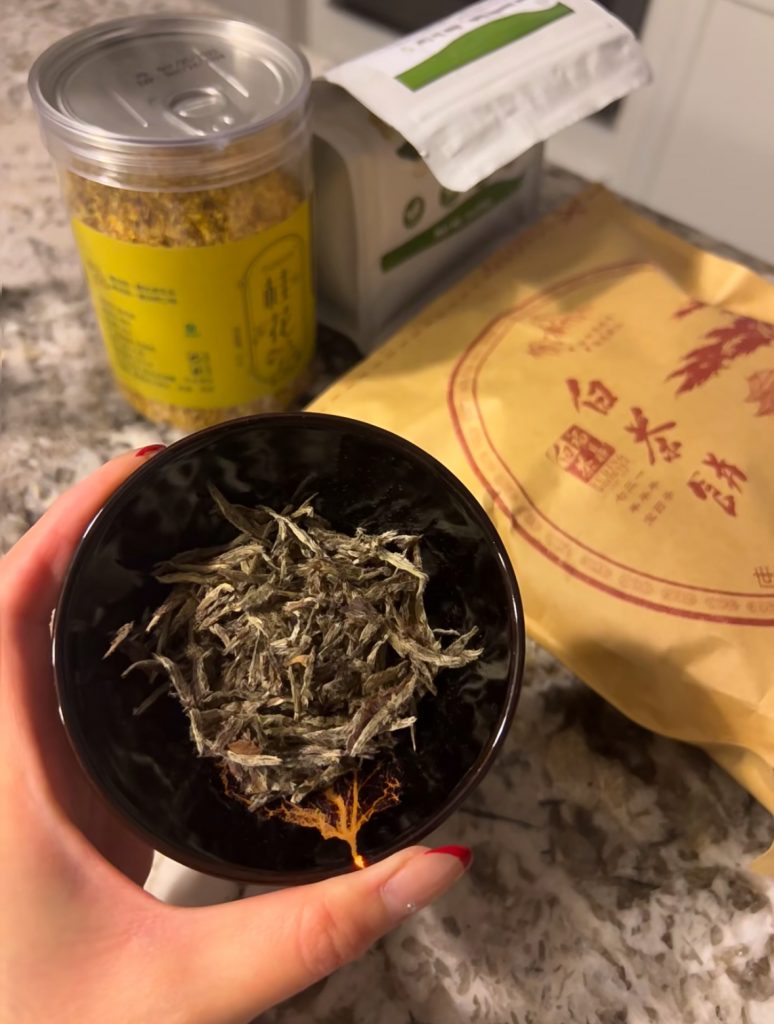
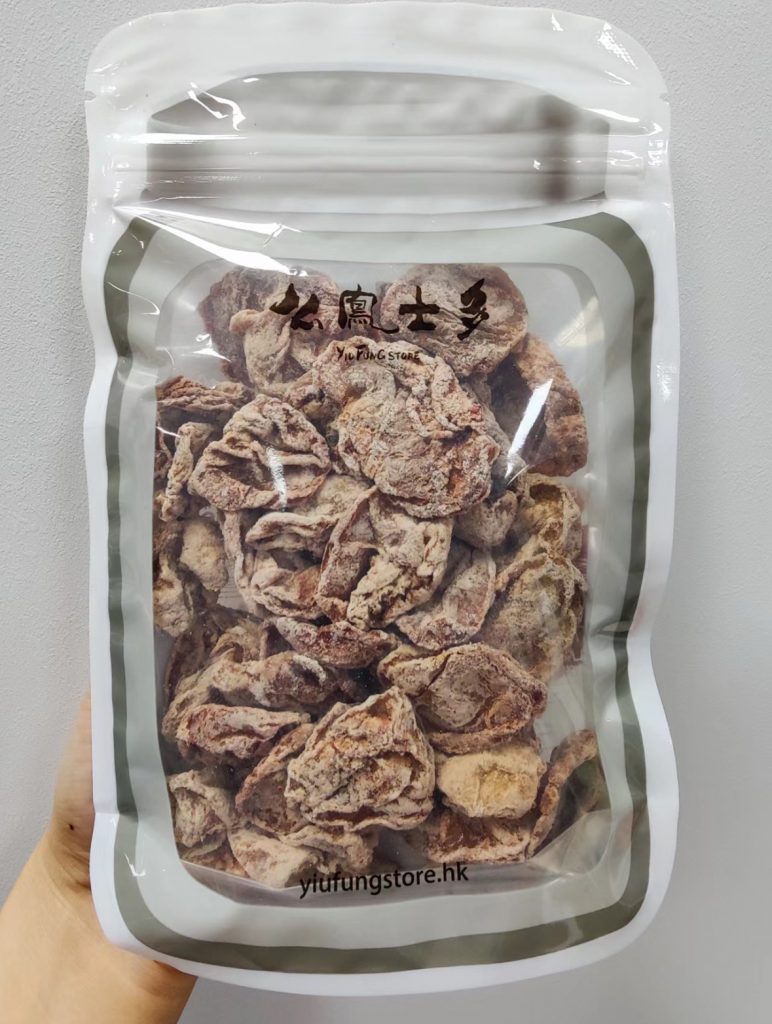
Intervention Part 1: Cocktail-Making
After watching and tasting these cocktails, the first part of the intervention officially began. Each participant created a cocktail inspired by their hometown memory, using osmanthus, jasmine tea, and Hua Mei as themes. During this process, they discussed why they chose these ingredients and how they symbolise their hometown.
1.Why did you choose these ingredients? How do they represent your hometown?
P1: “I chose osmanthus because it’s common during autumn in my hometown. The scent of osmanthus reminds me of the Mid-Autumn Festival and family gatherings. In my hometown, osmanthus is often used in making osmanthus wine and desserts, so for me, it represents the seasonal and festive atmosphere of my hometown.”
P2: “The scent of jasmine reminds me of my hometown. Jasmine tea is a popular drink in my hometown’s tea culture, often served to guests as a symbol of friendliness and warmth. Drinking jasmine tea in a park is also a unique way to relax in my hometown.”
P3: “Hua Mei is a childhood memory for me, especially during hot summers. It was a refreshing snack in our home, and the sweet and sour taste reminds me of the plum candies my mother would hand me before going out, representing a connection to traditional hometown flavours and family ties.”
2. What cultural significance does this ingredient have in your hometown?
P1: “In my hometown, osmanthus symbolises reunion, making it particularly popular during the Mid-Autumn Festival. It embodies the festive atmosphere of family gatherings. Osmanthus wine and cakes are traditional foods for celebrating the harvest.”
P2: “Tea in my hometown symbolises hospitality, not just as a drink but as a social gesture.”
P3: “Hua Mei, as a snack or beverage ingredient, is a summer favourite in my hometown and also a childhood memory. It symbolises close family relationships as it often reminds me of the snacks my parents bought me when I was young.”
3. How did you incorporate these ingredients into the cocktail?
P1: “The osmanthus aroma is quite subtle, so I added a bit of honey and lemon to make the flavour fresher and more layered. This makes the osmanthus scent more noticeable while retaining its unique character.”
P2: “In addition to the jasmine tea base, I added citrus flavours like orange peel or lemon to make the drink more refreshing while preserving the elegance of jasmine.”
P3: “The sourness of Hua Mei might not be for everyone, so I added sweet elements like syrup or fruit juice to balance it out, creating a more harmonious sweet and sour taste.”
After the basic discussion, we talked about cultural adaptation and understanding other cultures. When asked, “Does understanding how other cultures use spices help you better understand their culture?” one participant shared that learning about the use of spices in different cultures helped her gain a deeper understanding. For example, osmanthus represents family and reunion in her hometown, while spices like cinnamon in Western culture are also often associated with family gatherings and festive warmth. She realised that although the symbolic meanings might different, some spices in both cultures hold similar emotional and familial connections.






Intervention Part 2: Cooking with Traditional Ingredients
In the second part of the intervention, participants continued with the themes of osmanthus, jasmine tea, and Hua Mei, this time creating traditional dishes from their hometowns.
1.Choice of Spice and Dish Preparation:
P1 (Osmanthus Jelly): “I used osmanthus to make osmanthus jelly, a traditional dessert from my hometown. This refreshing, sweet dish is perfect for autumn, especially around the Mid-Autumn Festival. The scent and sweetness of osmanthus symbolise happiness and reunion, and my mother would often use it in desserts during traditional festivals, evoking warm family memories.”
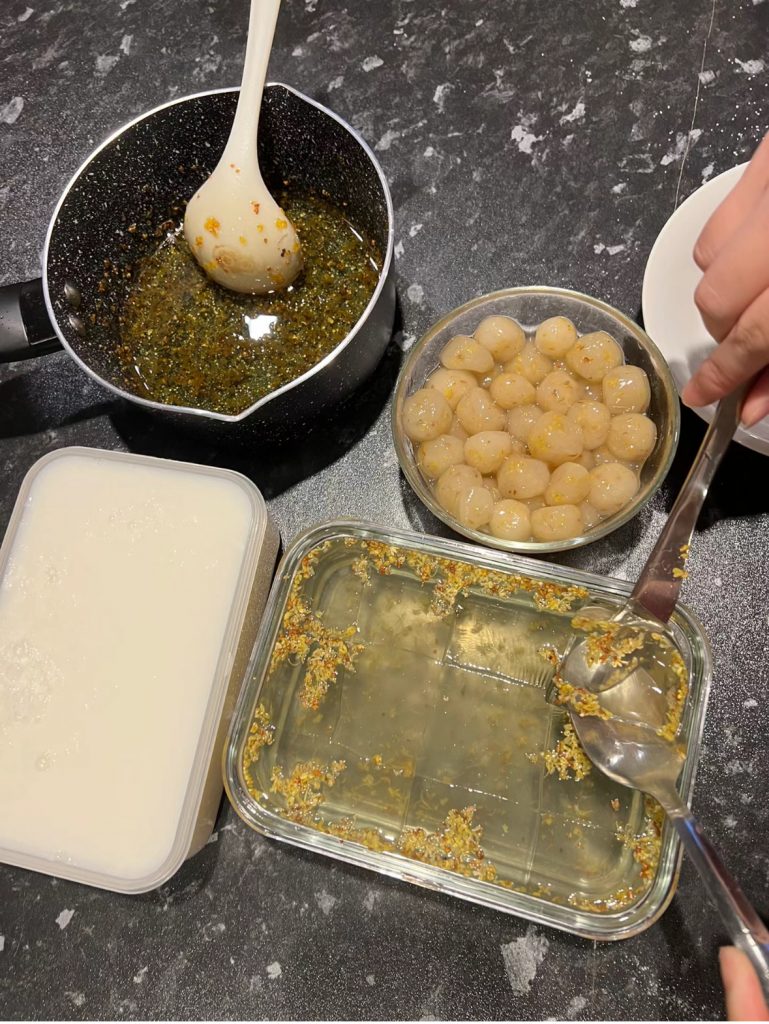
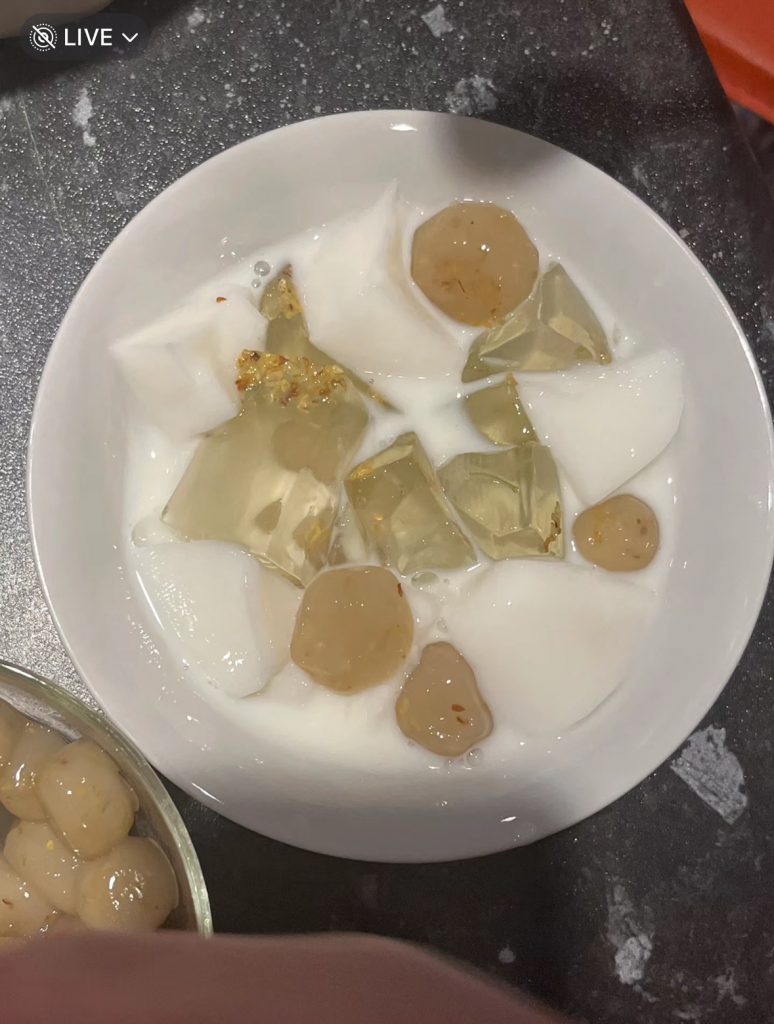
P2 (Baked shrimp with jasmine tea): “I made baked shrimp with jasmine tea. This is a popular summer dish in my hometown, where the tea adds a delicate fragrance to the shrimp.”
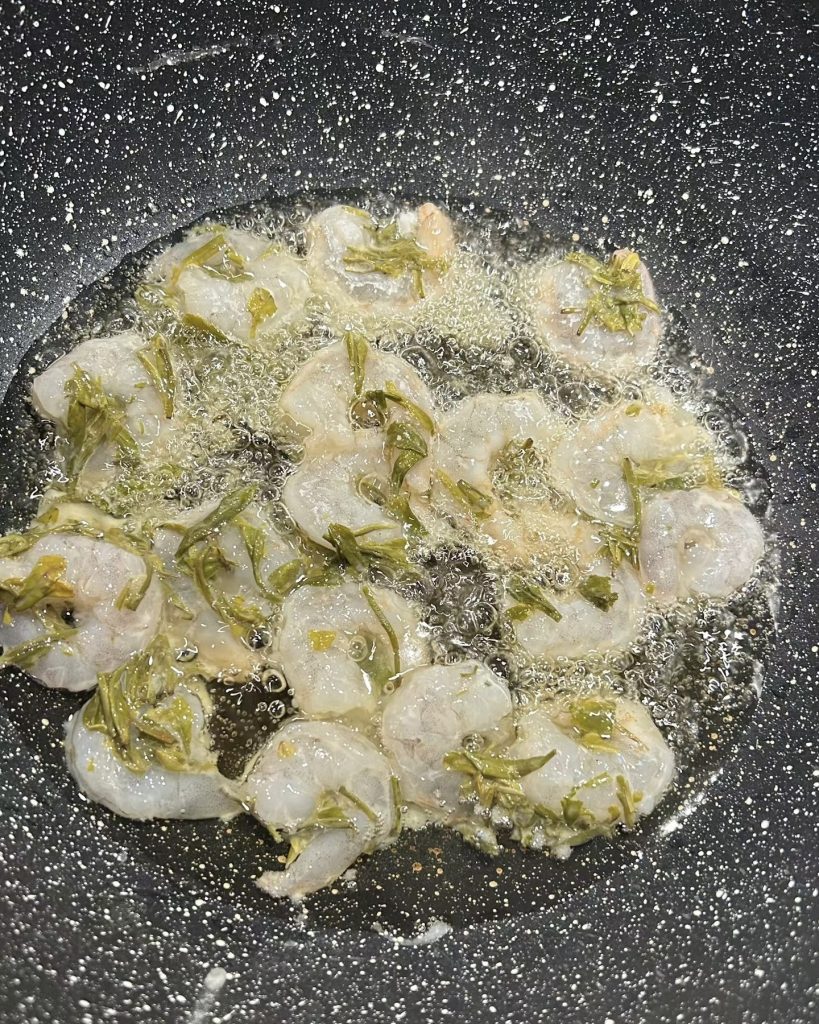
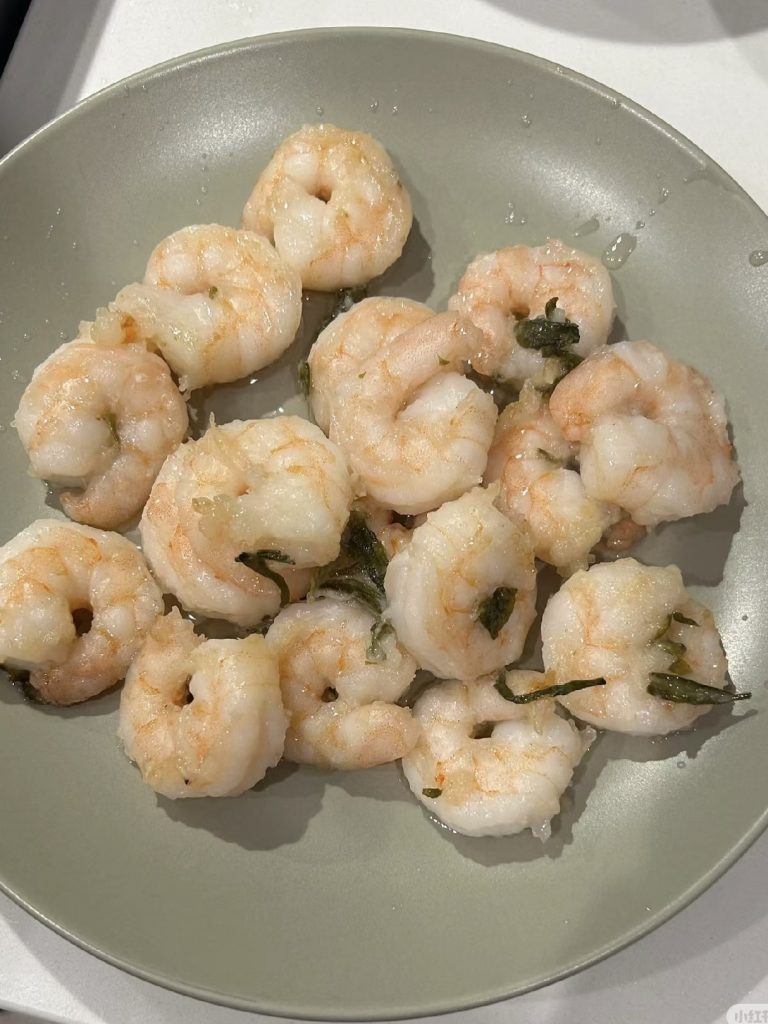
P3 (Salty Dired Plum Ribs): “I used Hua Mei plum to make preserved plum ribs. The sweet and sour plum blends well with the rich flavour of the ribs, creating a unique sweet and sour taste. This dish is a classic flavour from my hometown and a family favourite during summer.”
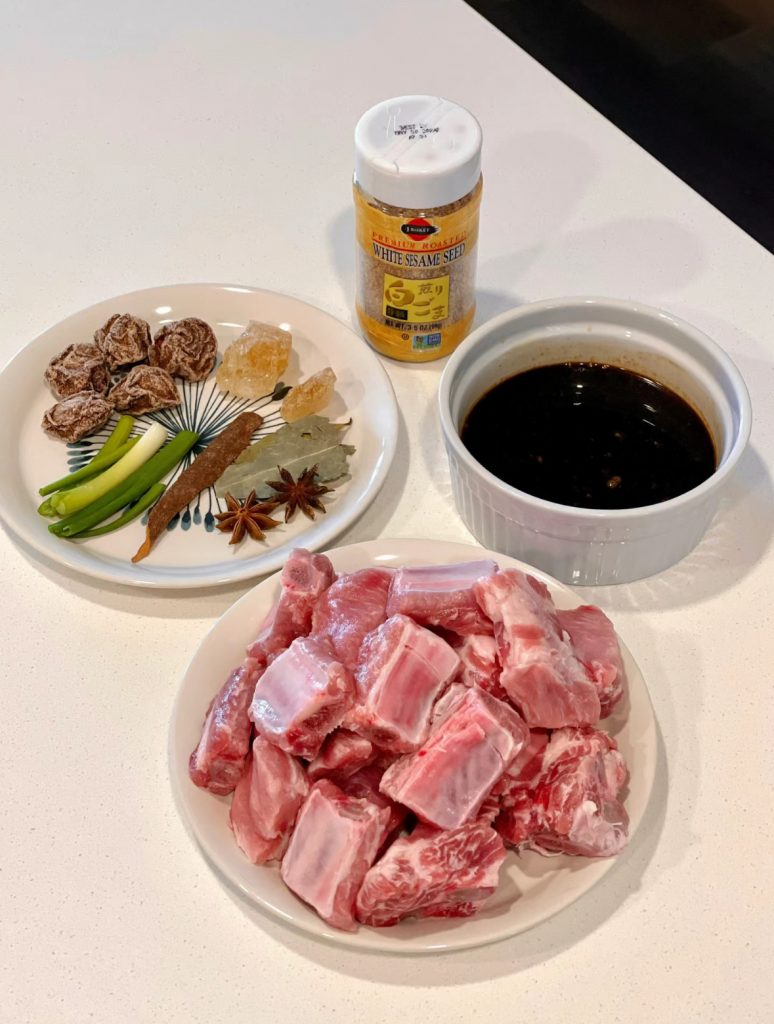
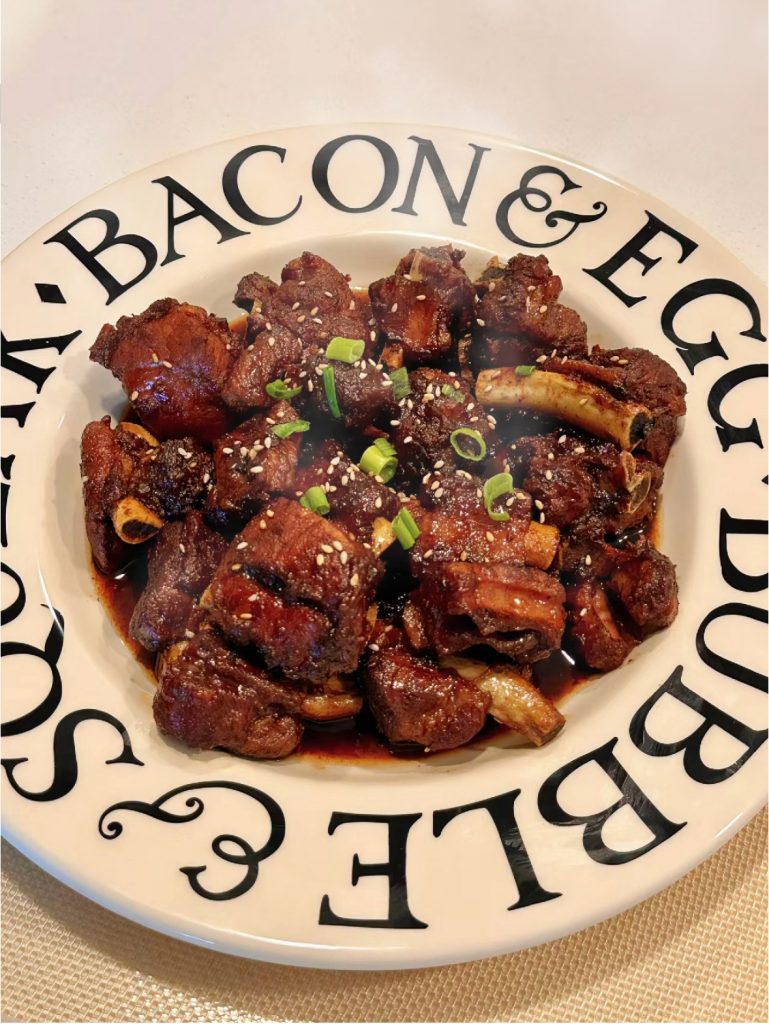
2. Is this spice commonly used in your hometown’s dishes? Are there similar spices in the new city?
P1: “In my hometown, osmanthus is commonly used in desserts and drinks like osmanthus cake and tea. Fresh osmanthus is hard to find in London, but I can buy dried osmanthus at Asian supermarkets and use it with other fragrant herbs like honey to enhance its natural sweetness.”
P2: “Jasmine tea is very common in my hometown’s beverage culture and is also used in cooking. Jasmine tea is relatively easy to find in London, but I still bring tea leaves from hometown as they taste closest to the flavour I remember.”
P3: “Dried plum is usually available in Asian supermarkets in London, but if I can’t find it, I use other sweet and sour dried fruits to achieve a similar flavour.”
Based on these questions, we had the reflections on identity, cultural memory, and adaptation. All participants noted that making these traditional hometown dishes evoked connections to home and feelings of nostalgia. For instance, participant 3 shared that the sweet and sour taste of dried plum reminded her of the summer days in her hometown, especially sharing snacks with family. Participant 1 felt that the scent of osmanthus reminded her of family gatherings during the Mid-Autumn Festival. These flavours not only brought back memories of their hometowns but also provided emotional comfort and a sense of belonging in the new environment. Participant 2 mentioned that jasmine tea reminded her of family gatherings where everyone would enjoy tea together, symbolising family culture and tradition.
Then, we talked about adapting to a new Culture with food as comfort. Participants also discussed the challenges they faced adapting to the new city’s culture, such as language barriers and different lifestyle and habits. Hometown foods provided a source of comfort and allowed them to reward themselves after a long day. Although there are many Chinese restaurants in the new city, the flavours often lack some specific spices found in their hometown dishes. Therefore, they still often miss the taste of home.
We also discussed the food and emotional connection. Both participant 2 and 3 shared that trying to recreate hometown dishes, like dried plum ribs or baked shrimp with jasmine tea, allowed them to find a sense of cultural belonging in the new environment. “Whenever I taste these flavours from home, I feel a stronger connection to my hometown, which gives me courage and comfort as I adapt to this new environment,” said participant 2.
Finally, we talked about exploring urban spaces, food, and cultural adaptation. Participant 1 mentioned that certain Asian restaurants in London do offer dishes similar to those from her hometown. Although the taste may vary, dining at these places provides a familiar feeling, especially during festivals. Besides, the traditional dishes and restaurant decor enhance her cultural identity. Participant 2 shared that she frequently visits Asian supermarkets to buy hometown ingredients, allowing her to cook dishes that bring a sense of home to her living space. Participant 3 noted that while some spices are hard to find, she has started to use local substitutes to recreate hometown flavours as she adapts to the new environment. Although the taste may a bit different, these adaptations help maintain a connection to her culture in a new setting.
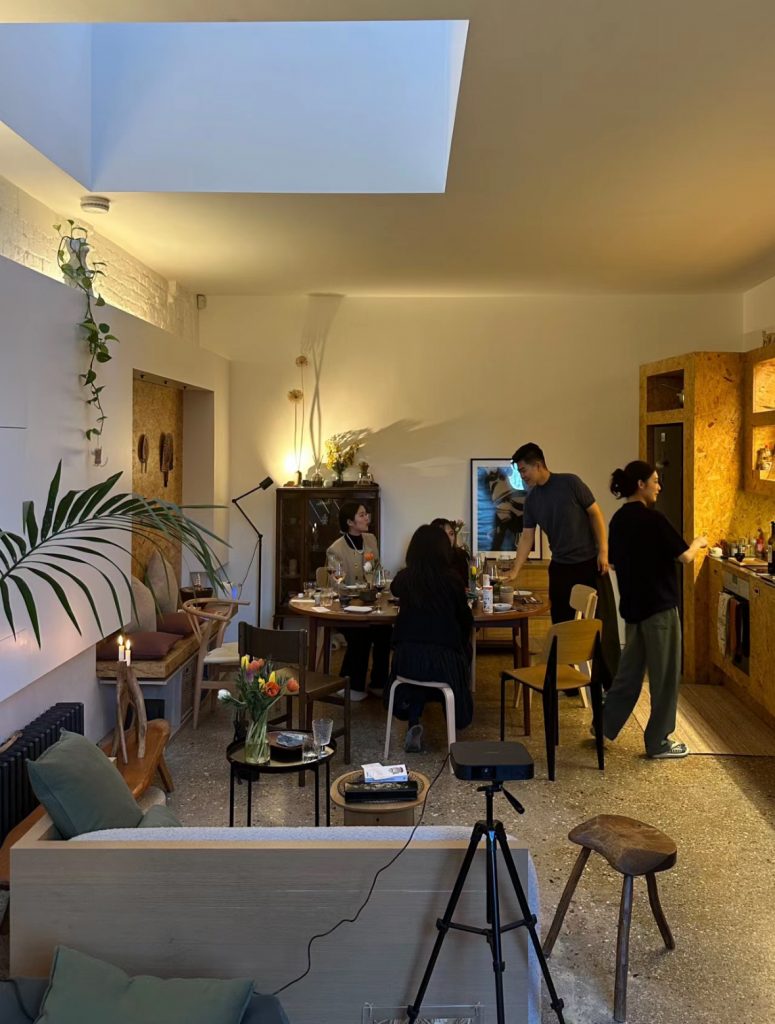
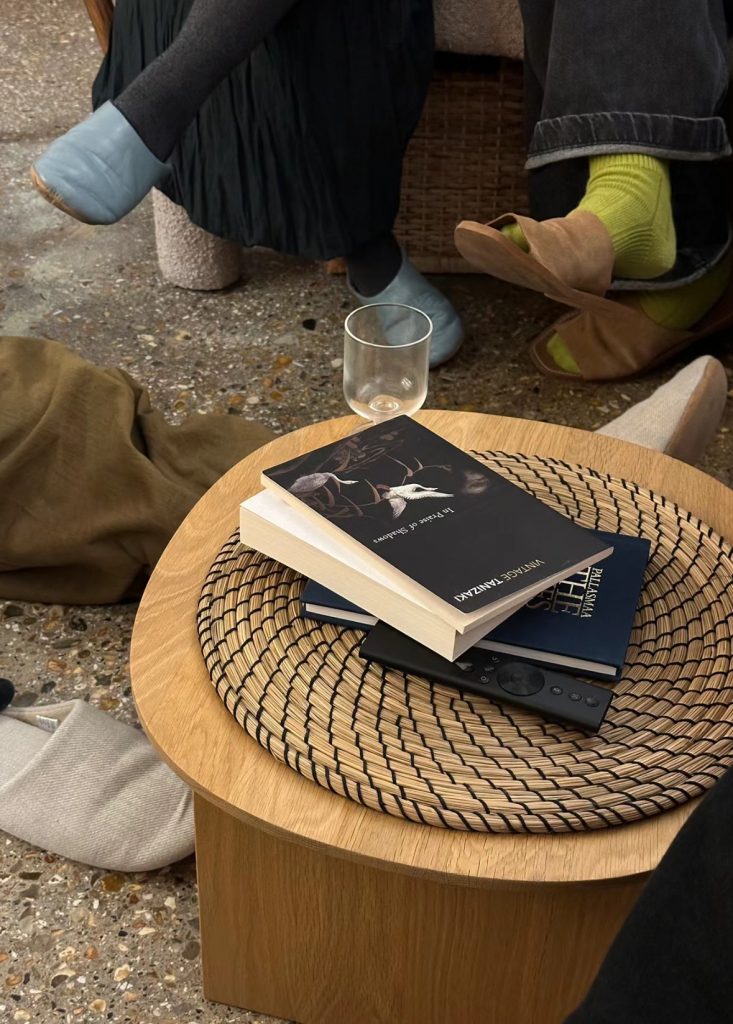
Conclusion
Through comparing ingredients, food habits, and cooking methods from their hometowns and the new city, participants gained a clearer understanding of the uniqueness of the new culture. For example, some ingredients and flavours differ greatly, which allowed them to appreciate the new culture’s background. Participant 2 mentioned that the comparison helped her realise she doesn’t need to completely give up her hometown habits or fully adopt the new ways but instead find a balance between the two. This flexibility helped her retain a connection to her hometown while adapting. Participant 3 also noted that finding similarities in the appreciation of flavours across cultures made the new city feel less foreign and helped her build an emotional connection.
Overall, I think this intervention helped participants understand the emotional connection embedded in the new city’s culture. First, participants realised food is more than just a combination of ingredients and flavours; it carries people’s emotions and memories. Also, recreating hometown flavours with local ingredients provided comfort and encouraged them to explore the new culture. This emotional connection is able to become a valuable support for them as they build their lives in the new city.